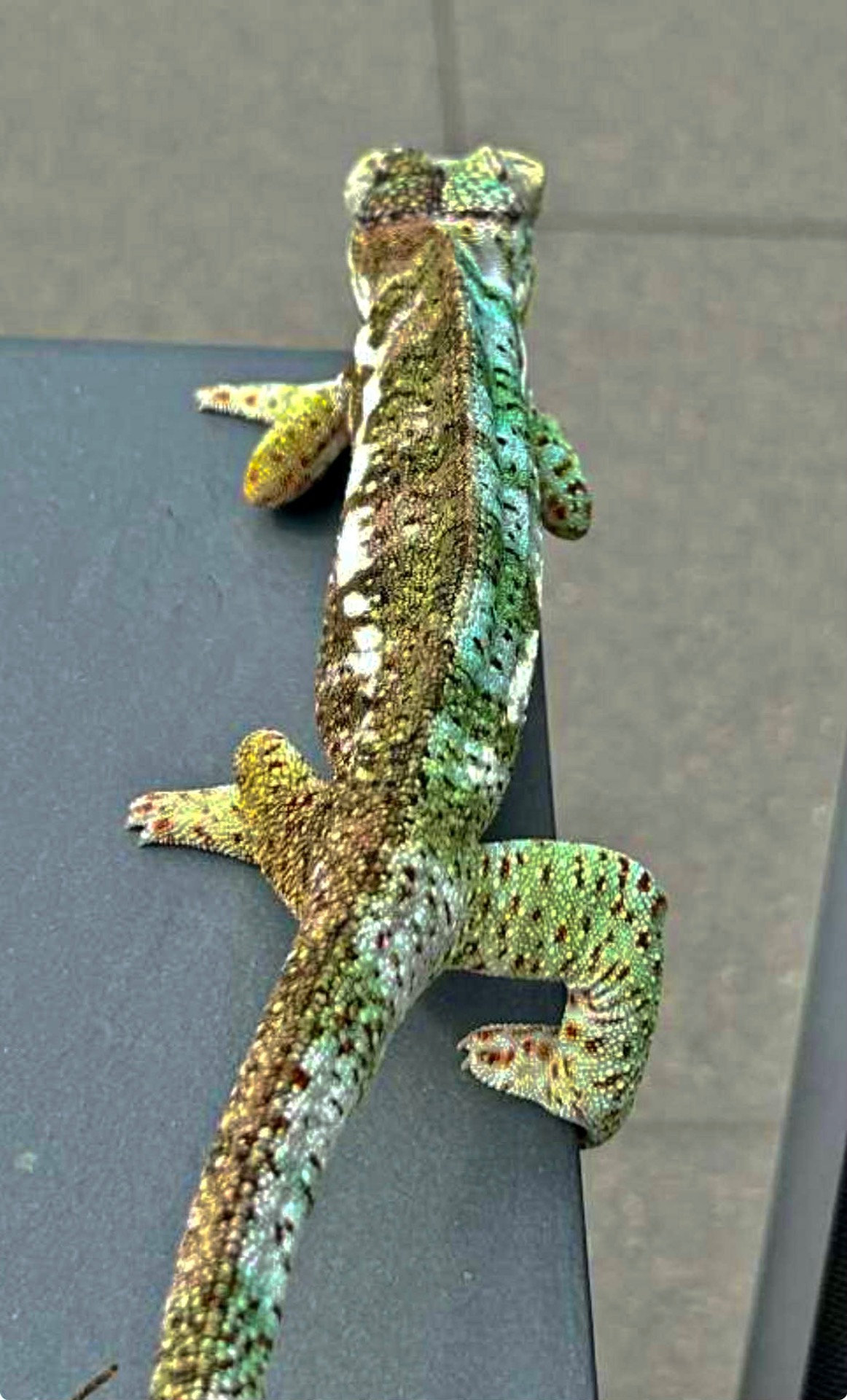Two Sides of Same Medal


Furcifer pardalis: same animal, same time, different sides

Chameleons are fascinating reptiles renowned for their ability to change color. While they are classified as diurnal, meaning they are active during daylight hours, this does not imply complete inactivity at night. Instead, during nighttime, chameleons enter a state of reduced metabolism and rest, allowing them to conserve energy until daylight returns.
Interestingly, when exposed to light at night, chameleons may exhibit temporary color changes. If illuminated from one side, the affected area can darken, revealing an adaptive physiological mechanism. With the return of daylight, they consciously regulate their coloration, ensuring a uniform darker tone across their bodies.
This ability to darken plays a crucial role in their survival. In dim light, chameleons often display bright colors, such as yellow or white, making them highly visible and vulnerable to predators. However, by darkening their pigmentation when exposed to increased light, they enhance their camouflage, allowing them to blend into their surroundings and evade detection.
Thus, chameleon color change is not merely a visual phenomenon but a highly evolved adaptation, balancing automatic physiological responses with conscious environmental regulation.


Calumma parsonii: same animal while sleeping and one minute later